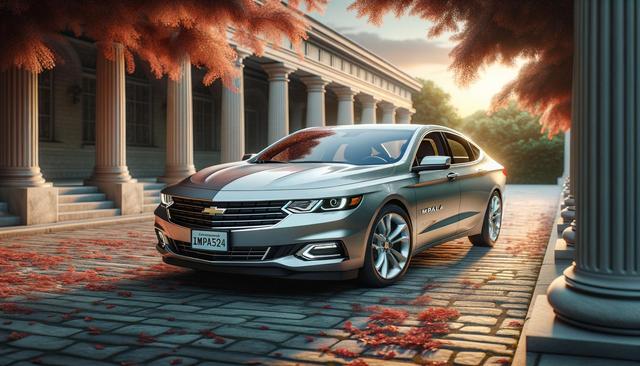Understand the Market for Ultra-Budget Cars
When searching for used cars under $500, it’s important to set realistic expectations. Vehicles in this price range are often older, may have high mileage, and could require some level of repair or maintenance. However, that doesn’t mean they’re not worth considering. Many people find value in these cars for short-term use, backup transportation, or as a project vehicle. Before starting your search, it helps to understand where and how these vehicles are typically sold. Common sources include:
- Online classifieds and auction sites
- Local newspaper listings
- Community bulletin boards
- Mechanic shops with trade-ins
- Public or charity car auctions
Each source has its pros and cons, and buyers should be cautious of scams or misrepresented listings. Always ask detailed questions about the car’s history and condition before making a decision.
Look for Vehicles with Simple Mechanics
Simplicity is key when buying a very low-cost used car. Older vehicles with minimal electronic systems and basic engines are often easier and cheaper to repair. Cars from the late 1990s and early 2000s, for instance, may lack the modern tech seen in newer models but make up for it in ease of maintenance. When evaluating options, consider vehicles known for:
- Reliable engine designs
- Manual transmissions (cheaper to repair than automatics)
- Non-complex electrical systems
In this price range, cosmetic issues like dents or faded paint are common and generally acceptable. The focus should be on mechanical soundness — a car that starts, drives, and stops safely is a good candidate.
Inspect Before You Commit
Even at a low price point, it’s important to thoroughly inspect any used car before buying. If you’re not confident in your own mechanical knowledge, consider bringing along a friend or contacting a mobile mechanic for a quick inspection. Key areas to examine include:
- Engine condition (listen for strange noises or leaks)
- Brakes and tires
- Suspension and steering
- Transmission function
- Rust on the undercarriage or body
Don’t forget to check the vehicle’s title status and verify that it’s not listed as salvage or flood-damaged unless you’re prepared for extensive repairs. A brief test drive can also reveal issues that may not be obvious during a stationary inspection.
Be Prepared for Minor Repairs
Used cars under $500 are unlikely to be in perfect shape, so setting aside a small repair budget is a smart move. Focus on fixing safety-critical components first, such as brakes, lights, and tires. In many cases, simple fixes can extend a vehicle’s life by months or even years. Common affordable repairs may include:
- Replacing spark plugs or ignition coils
- Fixing minor oil leaks
- Installing a new battery
- Changing filters and fluids
Learning a few basic DIY repair skills can also go a long way. Online tutorials and community forums offer valuable guidance for novice car owners. Investing in a repair manual for the specific vehicle model can save time and money down the road.
Use the Car Strategically
Once you’ve secured a functioning vehicle, it’s wise to use it in ways that maximize its remaining life. Avoid long-distance travel or heavy loads unless the car has been fully checked and deemed reliable. Instead, use it for:
- Local commuting or short errands
- Backup transportation in emergencies
- Learning vehicle maintenance and repair
Some owners even choose to register and insure these cars minimally, depending on local laws, to reduce ongoing costs. If the car eventually reaches the end of its usable life, you may still be able to recoup some value by selling it for parts or scrap.


